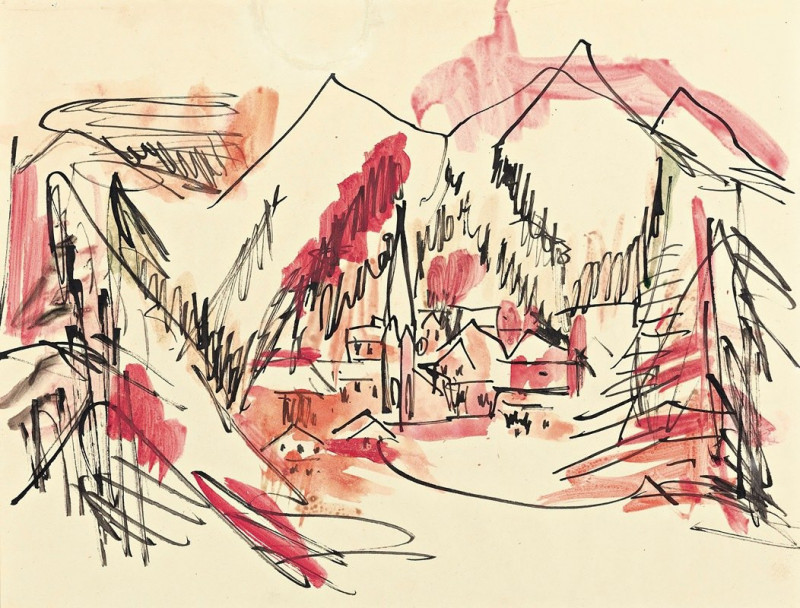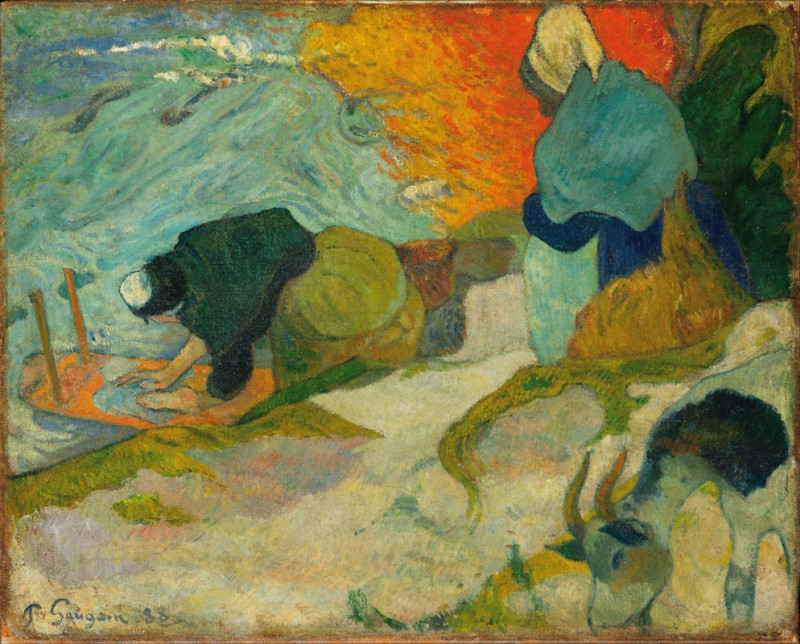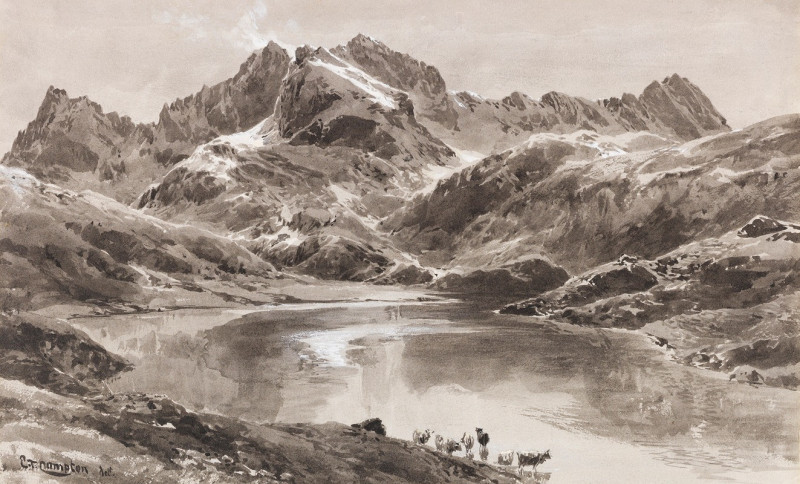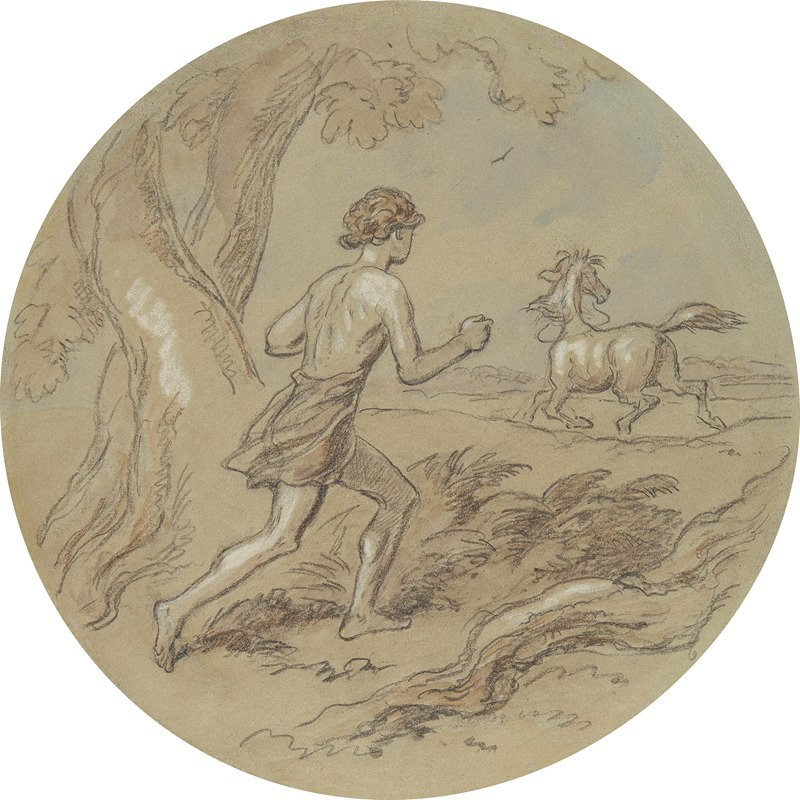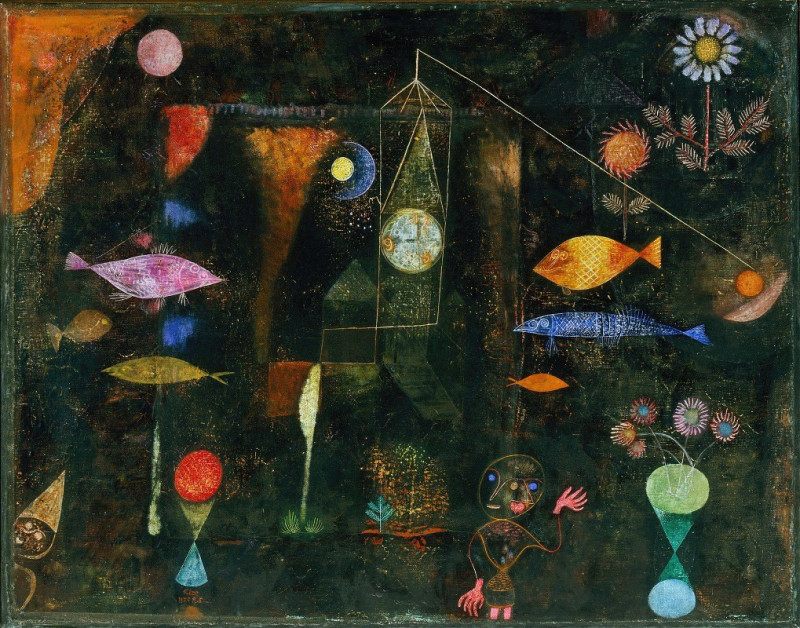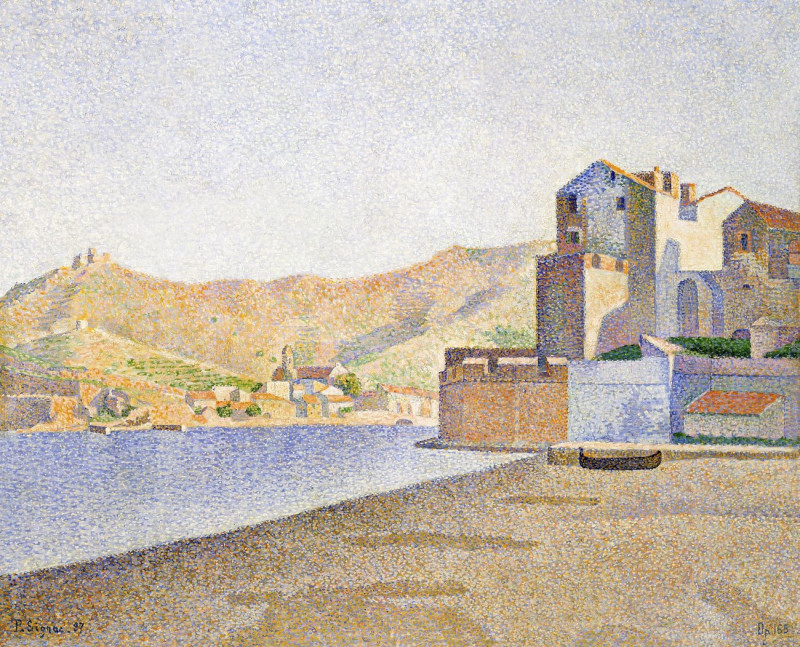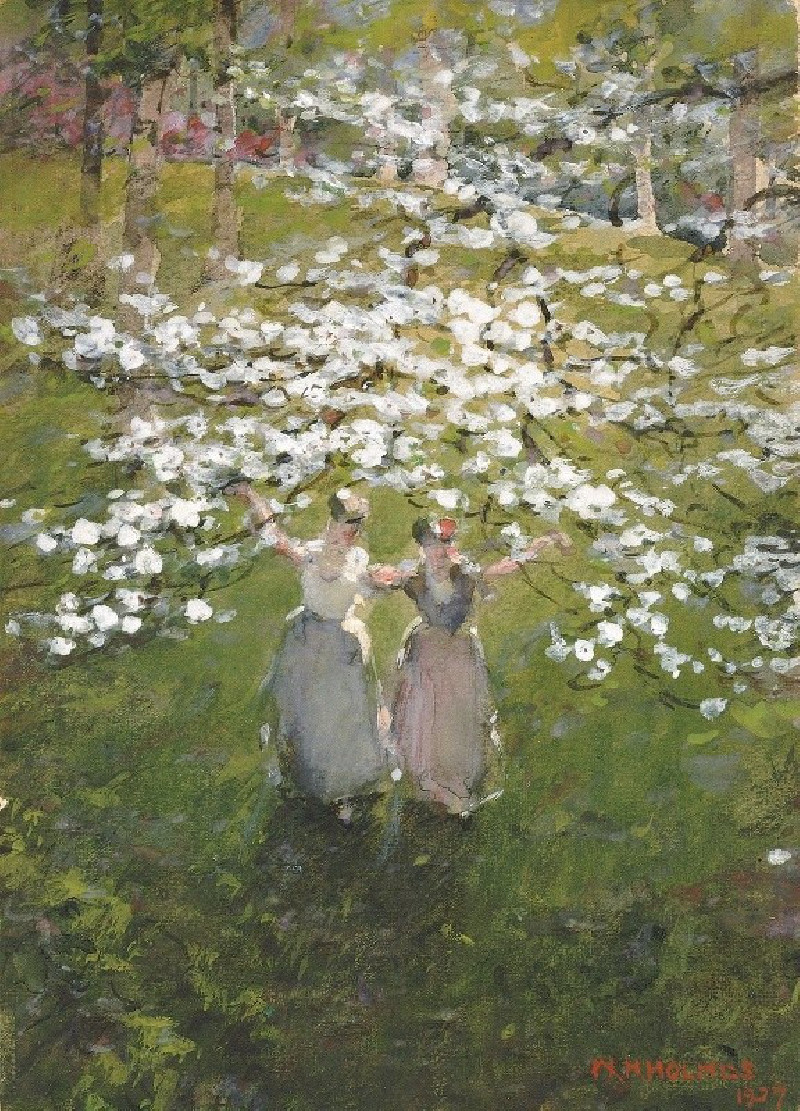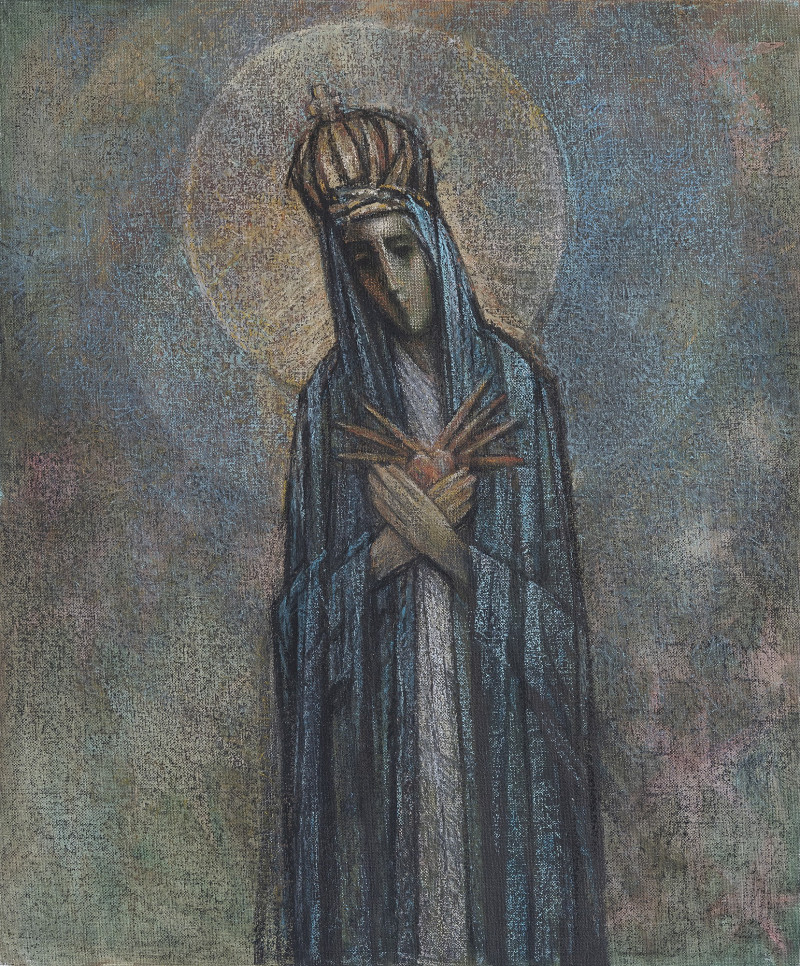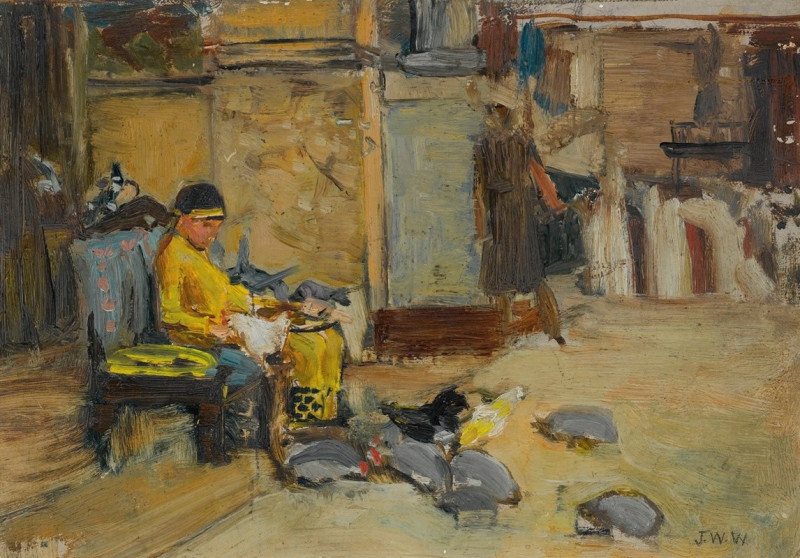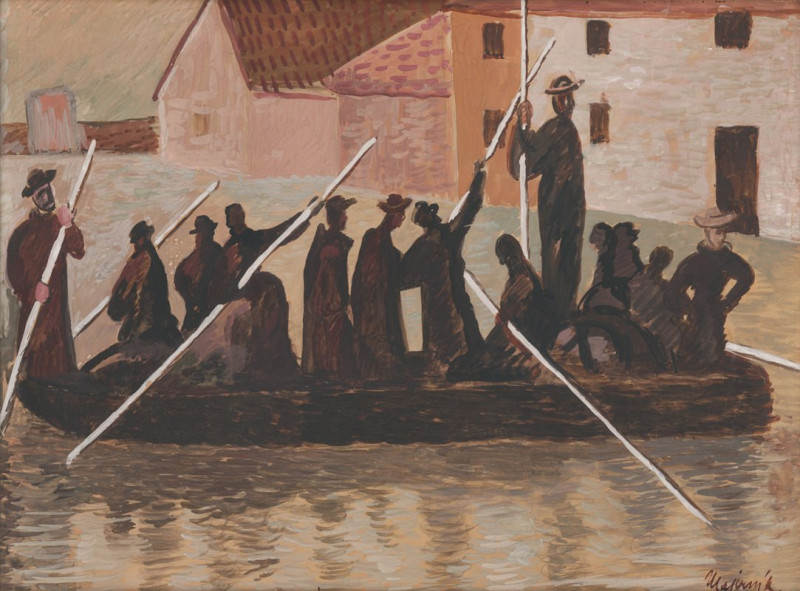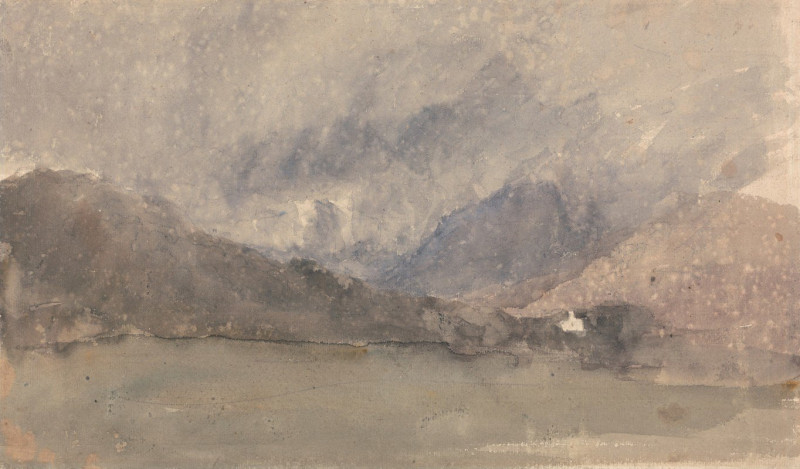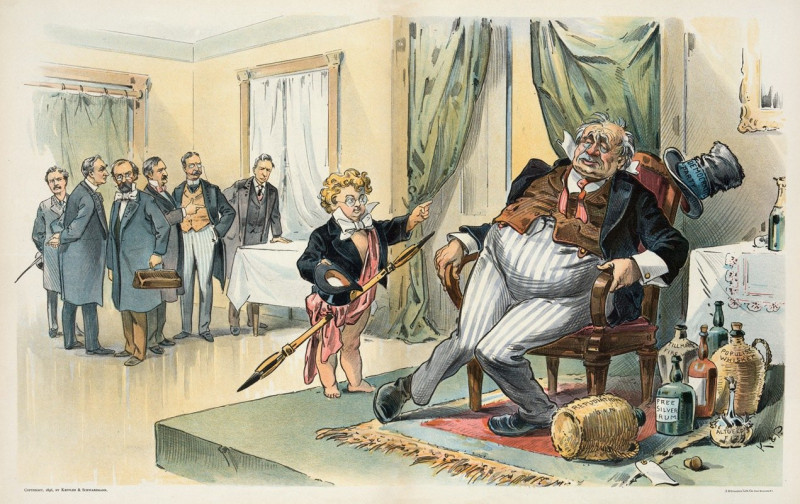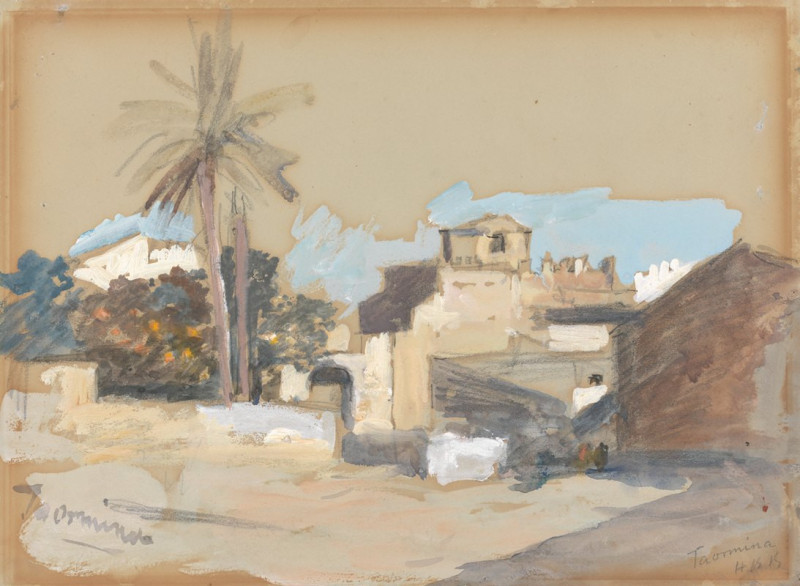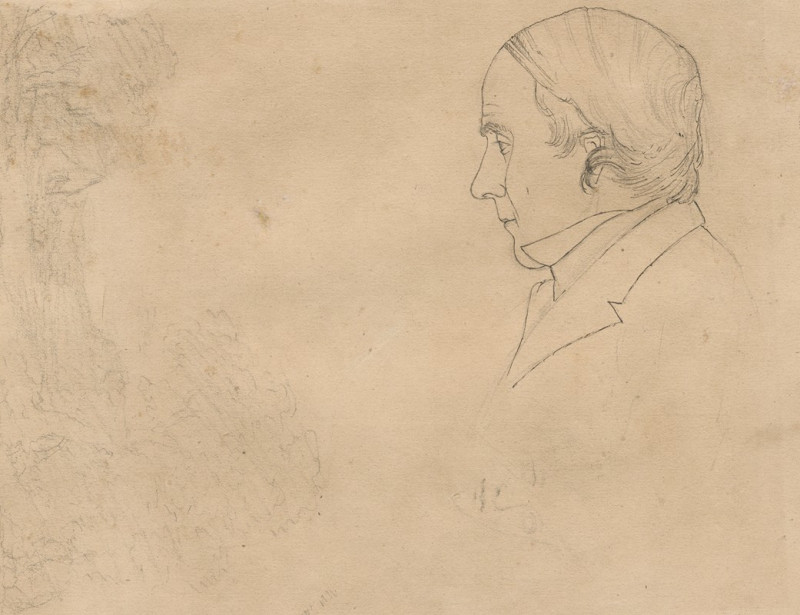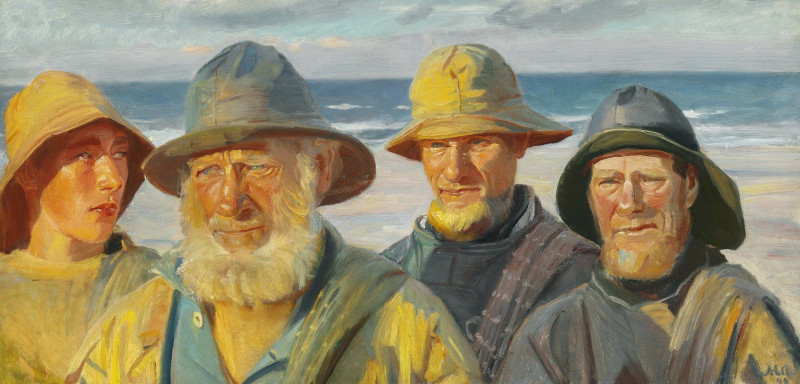Landschaft Davos(Landscape At Davos)
Technique: Giclée quality print
Recommended by our customers
More about this artwork
Explore the evocative and dynamic artwork "Landscape at Davos" by renowned German Expressionist painter Ernst Ludwig Kirchner. Capturing the serene yet spirited atmosphere of the Swiss Alps, this piece is an exemplary display of Kirchner's signature style and his affinity for striking landscapes.In "Landscape at Davos," Kirchner uses lively, sweeping lines and bold strokes to depict the mountainous scenery of Davos, conveying not just the visual but the emotional landscape. The painting shows a valley surrounded by looming peaks, with rustic buildings nestled among trees that are rendered with red-infused splashes of color, giving the scene a vivid, almost surreal vitality. Against a cream backdrop, the mountains and foliage are highlighted with deep reds and dark contours, which energetically draw the eye across the composition.The spare use of color alongside the exaggerated and almost abstract forms conveys a sense of movement and raw beauty. This technique reinforces the emotional resonance of the alpine landscape, reflecting perhaps the tumultuous inner world of the artist as much as the external environment.Through "Landscape at Davos," Kirchner reveals his mastery in expressing the essence of a place through color and form, offering viewers an intriguing portal into the tranquility and wildness of both nature and painterly expression.
Delivery
Returns
Ernst Ludwig Kirchner (1880–1938) was one of the most important German Expressionist painters. He was a co-founder of Die Brücke, a group of German expressionist artists formed in Dresden in 1905. Die Brücke and Kirchner took inspiration from Vincent Van Gogh and Edvard Munch, as well as African and Oceanic art. They used woodblock printing as a medium to showcase their signature style: flat, unrealistic images with vivid colors. The recurring themes in Kirchner's artworks included exotic cultures, faraway landscapes, self-portraits, dancers and Berlin street life. His paintings and prints effectively portrayed non-European cultures despite the fact that he never traveled outside of Europe.

